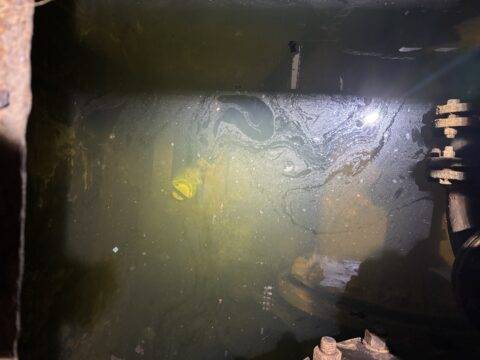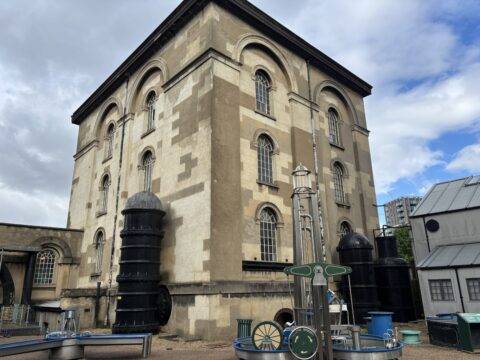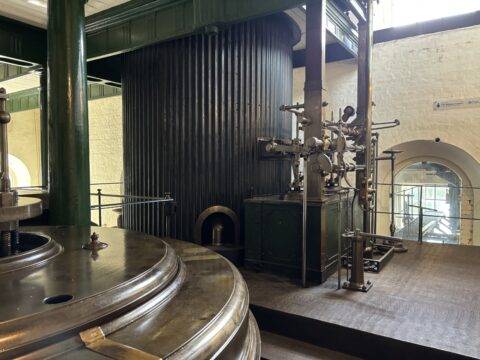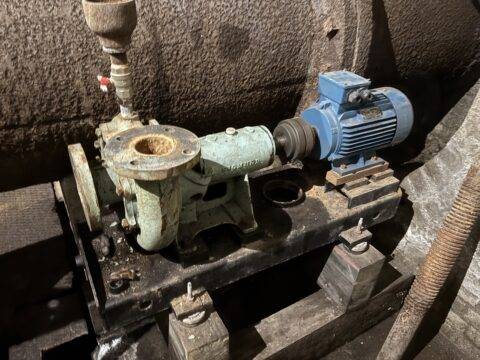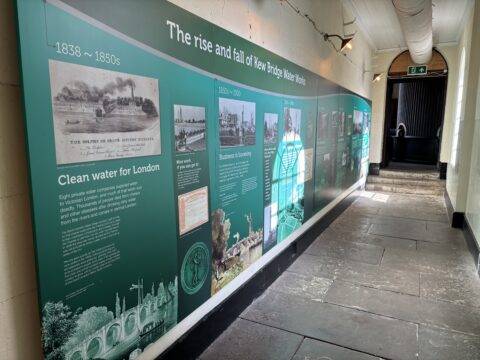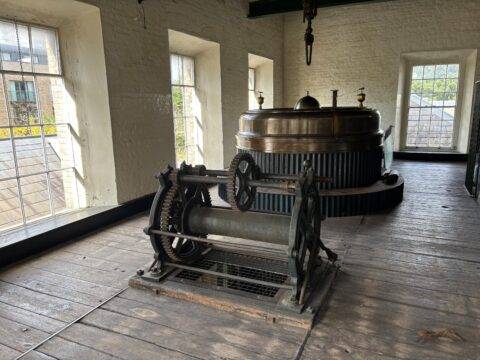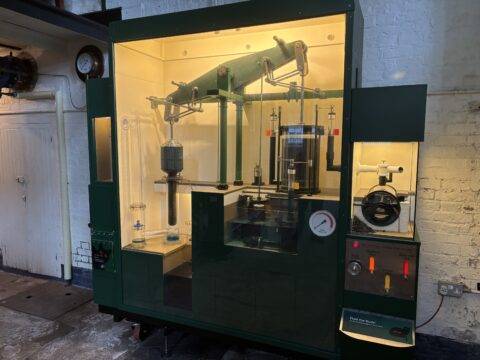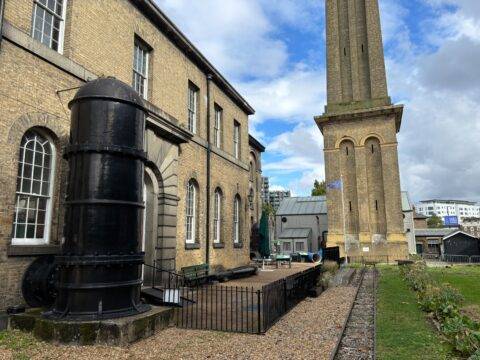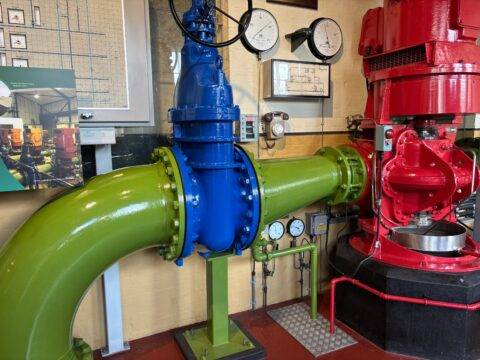
Trebles partnered with the London Museum of Water & Steam to solve ongoing water management issues for one of their exhibits. By providing a modern, efficient solution to protect the museum’s valuable collections this ensured reliable and energy-efficient water control.
Pumping Sustainably
The London Museum of Water and Steam, located in Brentford, is a historical gem showcasing the evolution of water technology. As part of its rich collection, the museum preserves and maintains a variety of water-pumping equipment that played a crucial role in London’s drinking water supply system. Recently, the museum staff installed an Atlas Copco WEDA D30 pump, provided by Trebles, to ensure efficient water circulation in their steam engine operations. We spoke to the museum’s Project Manager to learn more about the installation and benefits of this modern pump.
“The pump’s performance is very similar to the one we had before, the difference is it has got more power, it can probably pump more water if we need it, it’s allowed us to change the way we move water through the engine and the pump work that surrounds it. It’s also maintenance-free, that’s important for us here as we mostly run the museum using volunteer labour, and the old pump was always giving us trouble.“
Richard Albanese, Project Manager
A Trebles team member travelled to Brentford to inspect the pump in action. This visit included a Q&A interview with Richard, a photo session, and a guided tour of the museum grounds (along with a bit of a history lesson!).
During the visit, we captured a quick Q&A session with Richard Albanese, offering insights into the museum’s approach to sustainable water management and their experience with the WEDA D30. This short, 3-minute interview reveals the pump’s impact on the museum’s operations and Richard’s thoughts on its benefits. Watch the full interview below:
The new solution for water management at the London Museum of Water and Steam centres around the Atlas Copco WEDA D30 pump, chosen to enhance water circulation within their steam engine operations. The WEDA D30’s increased power enables more precise control over water flow, allowing the museum team to streamline water movement through the engine and supporting pump work.
“Compared to the old pump we had, which was an electrically-driven centrifugal one, which wasn’t of the submersible type. This new WEDA pump has been brilliant – it’s lightweight, we could lift it down by hand, and in a difficult-to-access area and space underneath the basement floor plates, and it’s easy for us to work on in the future without any hassle.“
Richard Albanese, Project Manager
Through their use of the WEDA D30, the London Museum of Water and Steam discovered several benefits including the pumps performance and adaptability to the unique needs of their steam engine operations. The Project Manager noted that while the D30 performed comparably to the previous model, its additional power allowed for improved water circulation and versatility in their system. The higher capacity also enabled the team to adjust the water flow more effectively, enhancing the engine’s operation and its supporting pump work.
The Trebles team’s visit illustrated how the durable construction and unobtrusive design of the WEDA D30 seamlessly fit within the museum’s historical setting. Its quiet, maintenance-free operation, along with its reliability and sleek appearance, makes it an ideal solution for the museum, allowing it to preserve both its heritage and the effectiveness of its water systems.
The collaboration between Trebles and the London Museum of Water & Steam reflects a shared commitment to preserving water management heritage. Through this partnership, and an innovative approach, and a strong focus on sustainable practices, we’re showcasing how modern solutions like the WEDA D30 can support historic operations while promoting environmental responsibility.
For more information on the WEDA D30, click here.
Other Success Stories
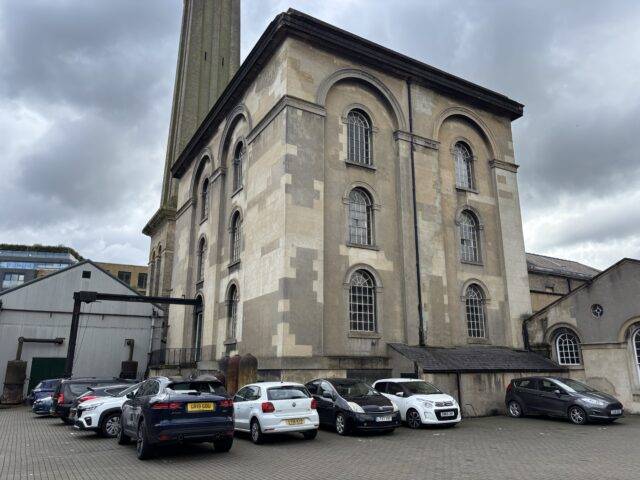
Helping the London Museum of Water & Steam Pump Sustainably
Trebles partnered with the London Museum of Water & Steam…
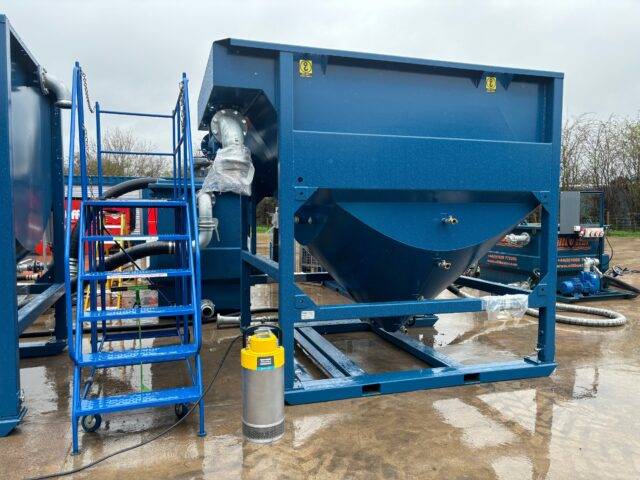
Trebles Aid Siltbuster with a WEDA Submersible
Trebles Aid Siltbuster with a WEDA Submersible When we heard that…

Paradise Circus Heating & Chilled Water Services
Trebles Technical Expertise Reliance on Trebles expertise to specify pump sets…
Other News Items
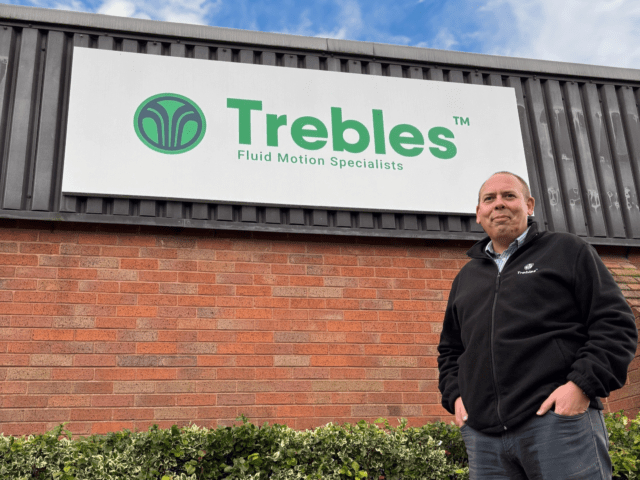
Trebles Appoint Olly Penn as a New Area Sales Manager
Trebles Appoint Olly Penn as a New Area Sales Manager Meet Olly, the newest addition to the Trebles sales…
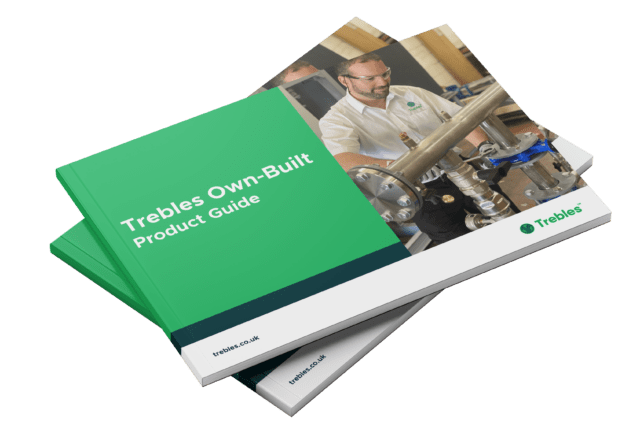
Trebles Launch New Manufacturing Product Guide
Trebles Unveils New Overview Brochure We are pleased to announce the launch of our new Trebles Own-Built Product Guide,…
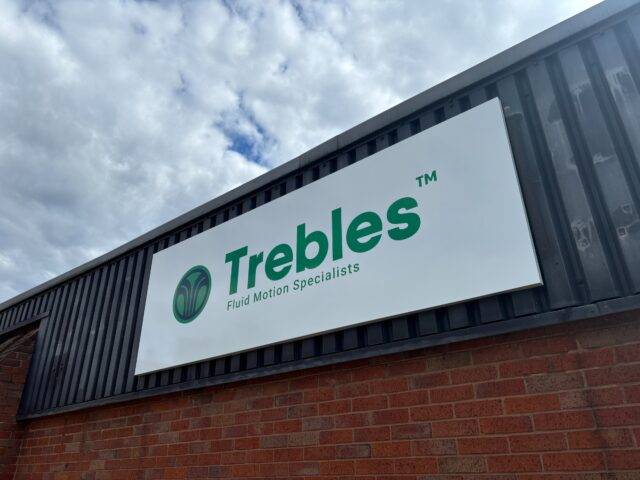
New Signage at Wolverhampton HQ
New Signage at Wolverhampton HQ Last week, we got new signage installed at our Wolverhampton site. One site down, with…
